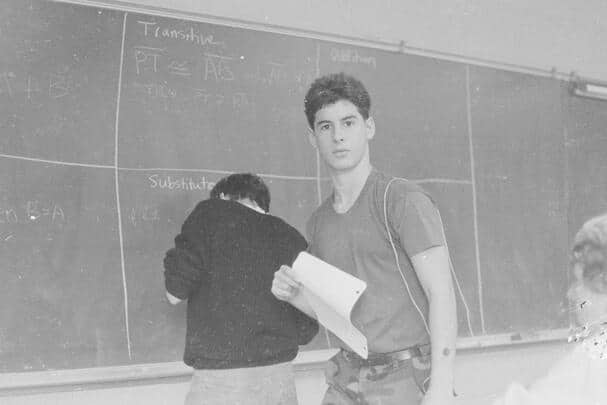In a moment of serendipity, I recently stumbled upon a dusty old box of negatives and contact sheets from my teenage days in the 1980s. I went by the name "Mylerdude," back then, and I loved capturing life around me with my camera. As I poured over ...




